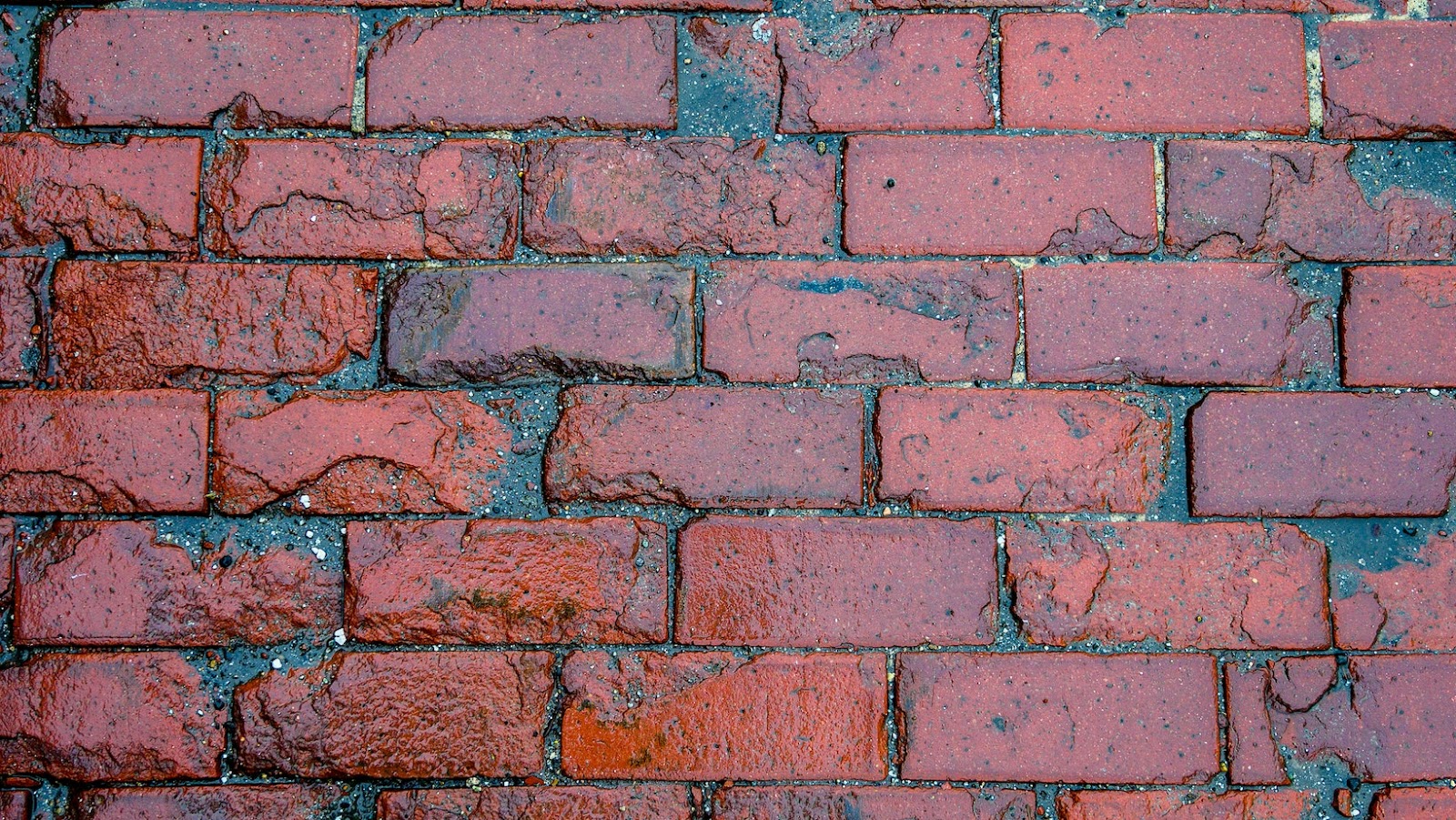Are you wondering if brick veneer is considered frame construction? You’re not alone!
This article will explain the difference and help you understand when and why to use each one. Get ready to gain insight into one of the most popular construction methods in the world!
Introduction
Brick veneer is a popular choice for homeowners due to its durability, low maintenance, and aesthetic appeal. When it comes to classifying brick veneer as frame or masonry construction, there is some debate within the construction industry.
While brick is traditionally seen as a masonry material, brick veneer is often considered part of a frame construction. This is because the weight of the wall is supported by the home’s wood frame, and the brick acts as a decorative, protective layer. However, some argue that brick veneer can also be classified as a hybrid of masonry and frame construction.
Ultimately, whether brick veneer is classified as masonry or frame construction, it remains a popular option for homeowners seeking both aesthetic and functional benefits.
What is Brick Veneer?
Brick veneer is a method of construction where a non-structural layer of brick is applied to the exterior of a building, and it is not considered frame construction. Instead, this type of construction uses a symbolic, load-bearing frame with brick cladding attached to the outside. The frame can be made from a variety of materials such as metal or wood, and it supports the weight of the roof and floors.
The brick veneer is then installed on the outside of the frame and is held in place by metal ties. This method helps to save costs while creating a similar aesthetic for a traditional brick wall.
Brick veneer provides several advantages such as improved insulation, protection from the elements, and is easier to repair or replace than solid brick walls.
Pro Tip: When installing brick veneer, it’s important to leave a gap between the frame and the bricks to allow for air circulation and prevent moisture buildup.
What is Frame Construction?
Frame construction is a type of building construction where a wooden frame is used as the primary means of support for a structure’s walls and roof. The frame is typically made up of pieces of lumber that are connected together using various types of joints and fasteners.
Brick veneer construction, on the other hand, involves a layer of brick attached to the outside of a building’s frame to provide additional insulation and durability. While brick veneer is not considered a form of frame construction, it is commonly used in conjunction with frame construction techniques to create a hybrid structure that combines the strength and durability of brick with the flexibility and affordability of wood framing.
Pro Tip: It’s important to choose the right type of construction technique for your building project based on factors such as cost, climate, and building codes. Consulting with a construction professional can help you make the best decision for your specific needs.
Is Brick Veneer Considered Frame Construction
Brick veneer and frame construction are two different types of building methods used in residential construction. While both use wood frames, they differ in their structural components and how the exterior walls are constructed.
In frame construction, the wood framing serves as the primary structural support of the building, with exterior sheathing and siding added over it. On the other hand, brick veneer construction involves the use of a wood frame, but brick is attached to the exterior as a veneer or a decorative facing.
Therefore, brick veneer is not considered frame construction, as the wood framing is not the primary structural support of the building. Instead, the brick veneer is anchored to the foundation and supported by steel angles or brick ties that are attached to the frame.
Advantages of Brick Veneer
Brick veneer is widely considered an efficient and cost-effective building material choice for both residential and commercial construction projects. It offers many advantages over other construction materials that make it a popular choice among builders and homeowners alike.
Brick veneer is considered frame construction because it uses a wood or steel framing structure to support the weight of the building, which is then covered with a layer of brick veneer. This allows for a quicker construction process and often reduces costs compared to solid brick construction.

The advantages of brick veneer construction include excellent insulation, fire and moisture resistance, and a wide range of color and design options. Brick veneer is also incredibly durable and long-lasting, requiring little maintenance and providing structural integrity to the building. Additionally, brick veneer buildings tend to have a higher resale value and can be more energy-efficient, reducing long-term heating and cooling costs.
Pro tip: Proper installation and maintenance are crucial for the longevity and effectiveness of brick veneer. Always hire a licensed and experienced contractor for your construction needs.
Disadvantages of Brick Veneer
Brick veneer is a type of construction where a non-load bearing brick is installed as a facing onto a wood frame, but this type of construction comes with several disadvantages.

Here are some of the common disadvantages of brick veneer construction-
1. Moisture Problems- Brick veneer is susceptible to water infiltration over time, leading to wood rot, mold or mildew growth.
2. Thermal Performance- Brick veneer walls offer poor thermal insulation properties, which can lead to high energy bills during hot and cold weather.
3. Cost- Brick veneer construction is more expensive than other exterior cladding options, and the cost increases depending on the size of the building.
4. Maintenance- Brick veneer requires periodic upkeep, such as repointing the mortar, which can be a time-consuming and costly maintenance job.
Brick veneer construction is not considered a frame construction as it is essentially a masonry wall tied to the timber frame with brick ties.
Advantages of Frame Construction
Frame construction refers to the method of building structures that use wood or steel framing as the primary support system. One significant advantage of frame construction is its versatility and cost-effectiveness.
Unlike masonry construction, which requires skilled labor and expensive materials, frame construction is relatively easy to build and modify. Another advantage is that frame construction allows for more insulation, resulting in greater energy efficiency and lower utility bills.
When it comes to brick veneer, it is indeed considered a frame construction technique. Brick veneer is a decorative outer layer applied to the exterior walls of a frame structure, and it is attached to the frame using various methods, including adhesives or metal ties. Brick veneer offers the durability and aesthetic appeal of brick without the costs and weight associated with solid brick construction.
Pro tip: Frame construction is suitable for most types of buildings, including single-family homes, multi-family dwellings, and commercial structures.
Disadvantages of Frame Construction
Brick veneer is considered a hybrid of both masonry and frame construction techniques. While brick veneer offers several advantages, it also shares some of the disadvantages of frame construction.
One major disadvantage of frame construction is its susceptibility to fire. The wooden framing in frame construction is highly flammable, and once it catches fire, it can spread rapidly throughout the building. Frame construction is also more prone to termite damage compared to masonry construction.
Due to its hybrid nature, brick veneer construction may be at risk of water damage. While brick veneer can protect against moisture, the wooden framing behind it is still vulnerable to water damage, such as rotting and warping.
In conclusion, while brick veneer can provide some benefits of masonry construction, it is not without its disadvantages. Homeowners should weigh the pros and cons before choosing to build with brick veneer or frame construction.
Pro tip: Consider alternative construction techniques such as solid masonry or insulated concrete form construction, which offer more durability and resistance to fire and water damage.
